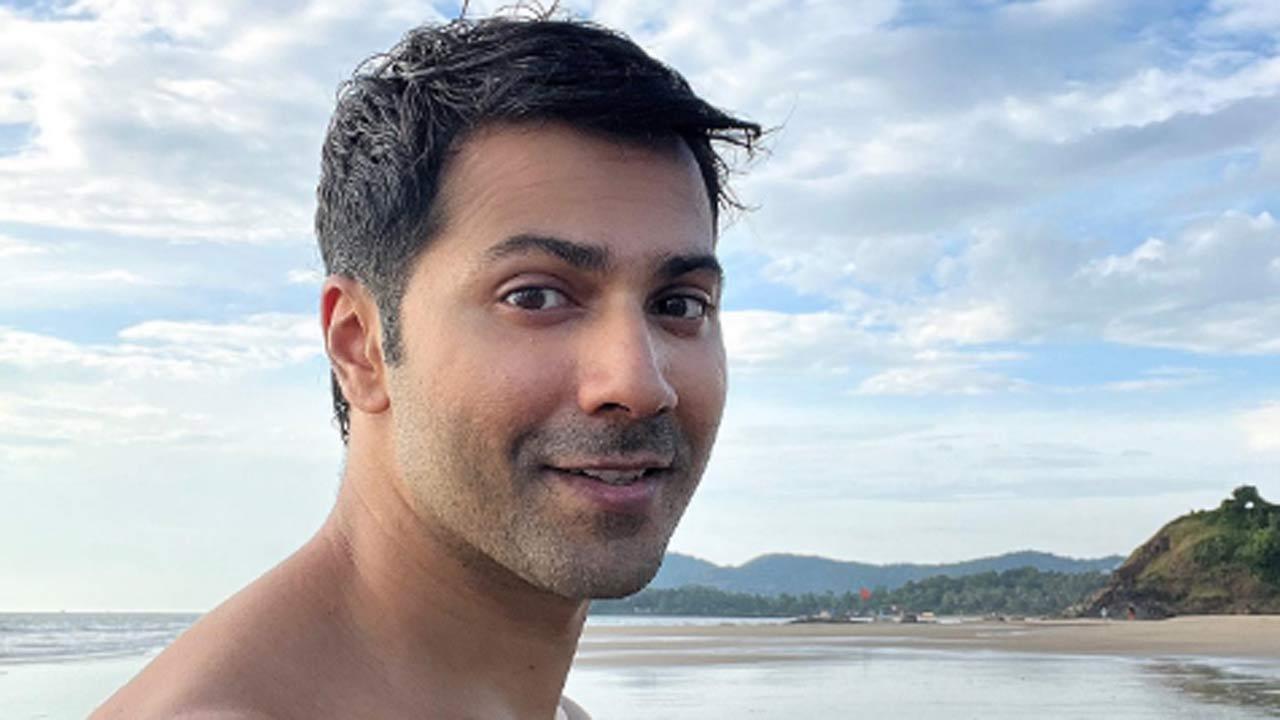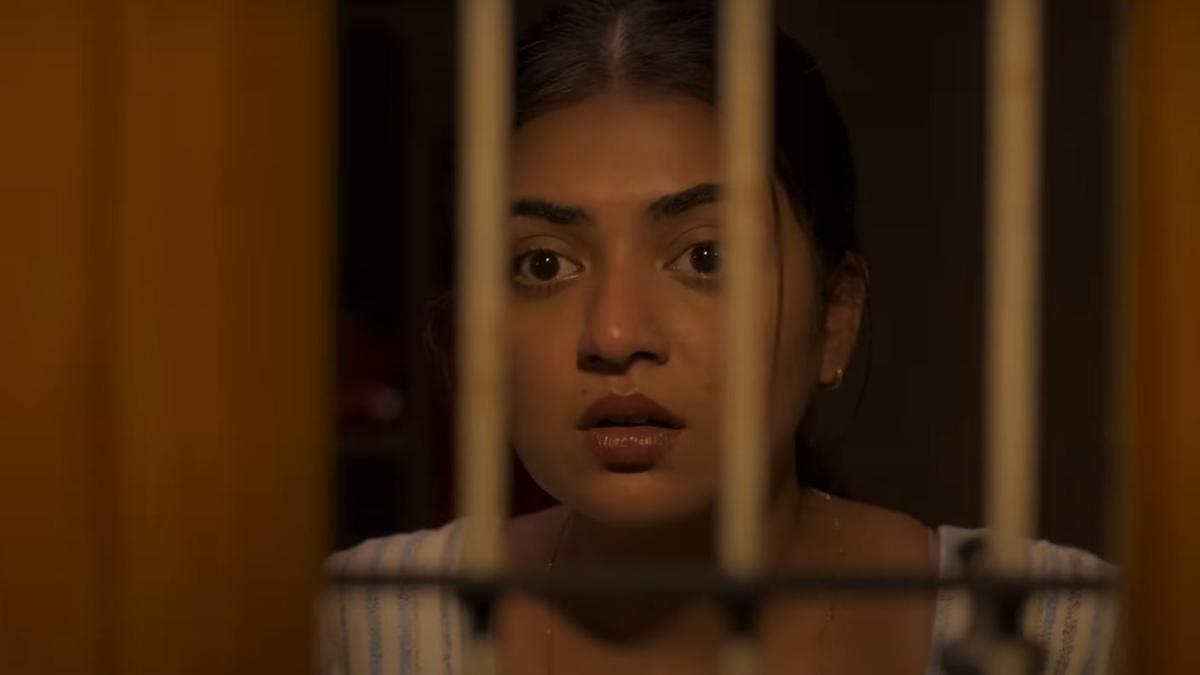
On a warm September afternoon in 1980, I boarded the Coromandel Express at Howrah station, destined for Cuddalore. The journey spanned 45 hours, transitioning through Chennai Central—back when it was Madras Central—and Egmore. The details of that exhaustive voyage have largely faded from my memory, save for one unforgettable element: the Rubik’s Cube that accompanied me. A family friend who had recently returned from the United States had handed me this ingenious puzzle just before I set off. Little did I know at the time that this small, colorful cube would come to have a lasting impact on millions across the globe.
The Rubik’s Cube, still a novelty in India at the time, had been created six years earlier by Ernő Rubik, a Hungarian professor of architecture. He originally conceptualized it as a teaching tool to help his students understand three-dimensional structures. But as the Cube’s utility as a challenging puzzle became evident, it quickly launched into a global phenomenon.
During the entire train journey, I was gripped by the cube, my fingers never resting as I attempted to solve it. Initially, I tackled one layer at a time, gradually piecing together the corners and edges. This task consumed the bulk of my journey, and though my solution was far from optimal, the sense of accomplishment was immense. By the time I reached Cuddalore, Rubik’s Cube had become a crucial part of my life.
Fast forward just a few months, and the Rubik’s Cube had infiltrated the Indian market. Local imitations were being sold at prices ranging from ₹10 to ₹20. Enthusiasts began to devise numerous solving strategies, with some even relying on cheat sheets. Competitive speedcubing, a term that had yet to enter the lexicon of most, saw its inception. Chess clocks were used to time solutions, while “speedcubers” tinkered with the mechanical structure of the cubes, using Vaseline to ease the twists and turns.
Half a century later, the Rubik’s Cube has steadfastly maintained its allure, even in the digital age. Officially, more than 500 million branded cubes have been sold—an astonishing figure underscoring its universal appeal. Canada’s Spin Master Corp., which controls the brand, reported $75 million in revenues from cube-related sales in 2023 alone. Unofficial knock-offs have sold in the billions, further cementing the Cube’s widespread influence.
“The Cube reminds us that we have hands… you are not just thinking; you are doing something physical,” remarked Ernő Rubik, highlighting the tactile and immersive nature of solving the cube. His invention has transcended generations, consistently inspiring a strong emotional and intellectual engagement among solvers, both old and young.
Ambar Chatterjee, a retired head of the nuclear physics division at Bhabha Atomic Research Centre, reminisces about his early experiences with the cube. He purchased a knock-off cube from a Mumbai street vendor and soon found himself engrossed in developing a systematic approach to its solution. A chess enthusiast, Chatterjee derived a notation system akin to standard cube notation from chess. This innovation enabled him to meticulously document all possible transforms, a process that consumed an entire month.
. However, his BARC colleagues were unimpressed with his methods, given that media reports celebrated youngsters solving the cube in minutes without any reference notes. Inspired by a mathematical article he came across, he refined his techniques and ditched the crib sheets.
Chatterjee, now 71, aspires to revisit the cube with fresh eyes, intending to replace the colored stickers with chess figurines to introduce an added layer of complexity. His story exemplifies how the cube continues to inspire new forms of creativity and problem-solving even decades after its invention.
Today, the Rubik’s Cube enjoys a solid fan base in India, home to numerous hobbyists and competitive events. Although India has yet to shine on the global stage of speedcubing, it boasts talented individuals capable of awe-inspiring feats like solving the cube with their feet. The advent of speed cubes with magnets and improved materials has revolutionized the game, making solutions faster and more fluid.
The World Cube Association (WCA) organizes biennial world championships featuring 17 different variants of the original cube, including 2×2 and 7×7 formats, as well as unique shapes like the Pyraminx and Megaminx. Blindfolded solving events also draw significant interest. The WCA’s efforts in organizing local competitions help cultivate the community of enthusiasts worldwide.
Speedcubing legends like Max Park, who recently set a new 3×3 cube record of 3.13 seconds, exemplify the sport’s competitive spirit. Park, who is autistic, shares a friendly rivalry with Australian champion Feliks Zemdegs—a relationship highlighted in the Netflix documentary “The Speed Cubers.” Though India has yet to break into the top 100 fastest times, local competitions have seen sub-5-second solves.
The learning curve for new cubers has dramatically shifted with the digital age. Countless algorithms are available online, and instructional YouTube videos offer step-by-step guides. Mathematicians and young talent alike contribute to the ever-evolving methods of solving the Rubik’s Cube.
In India, dedicated coaches like Vani Muthukrishnan offer classes and organize competitions. Vani, a former schoolteacher, became a full-time cube tutor after discovering her passion for the puzzle. Her students range from children to adults, and her online classes have thrived post-pandemic, attracting learners globally.
The Rubik’s Cube has become more than just a puzzle; it’s a cultural and social bridge. Enthusiasts like Sirish Somanchi from Hyderabad introduce their children to the cube, promoting it as a family activity. In the case of S. Aswin from Chennai, cubing is a legacy passed down from his architect father, instilling an enduring interest in innovative patterns and variants.
Fifteen-year-old Shaun Pinto from Bengaluru represents the future of cubing in India. Averaging under 15 seconds for his solves, he highlights the sense of community and belonging that cubing fosters. His experience echoes that of Max Park, whose mother introduced him to the cube to improve his motor skills—a strategy that ultimately helped him connect socially.
Originally conceptualized by Professor Rubik as a teaching tool, the Rubik’s Cube has transcended its humble beginnings to become a global icon. It continues to develop visual memory, hand-eye coordination, and a sense of accomplishment among solvers. Fifty years on, it remains a cross-cultural phenomenon, uniting people from diverse backgrounds in their shared fascination with the ever-twisting, ever-challenging puzzle.










